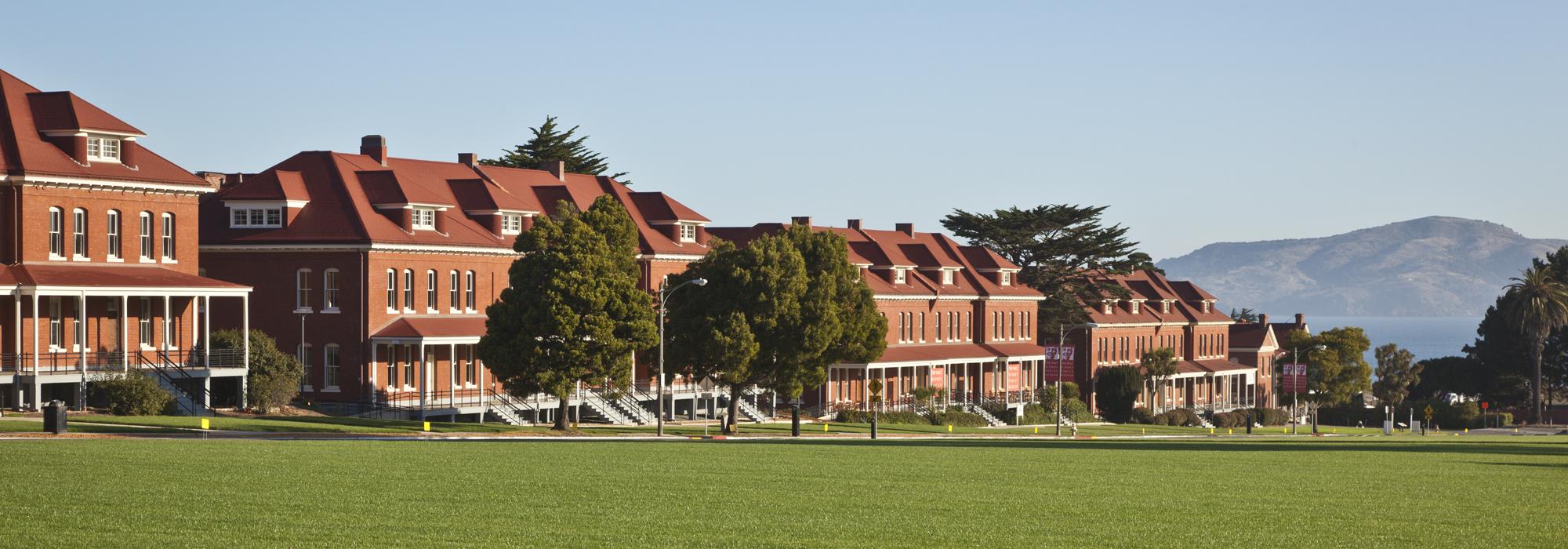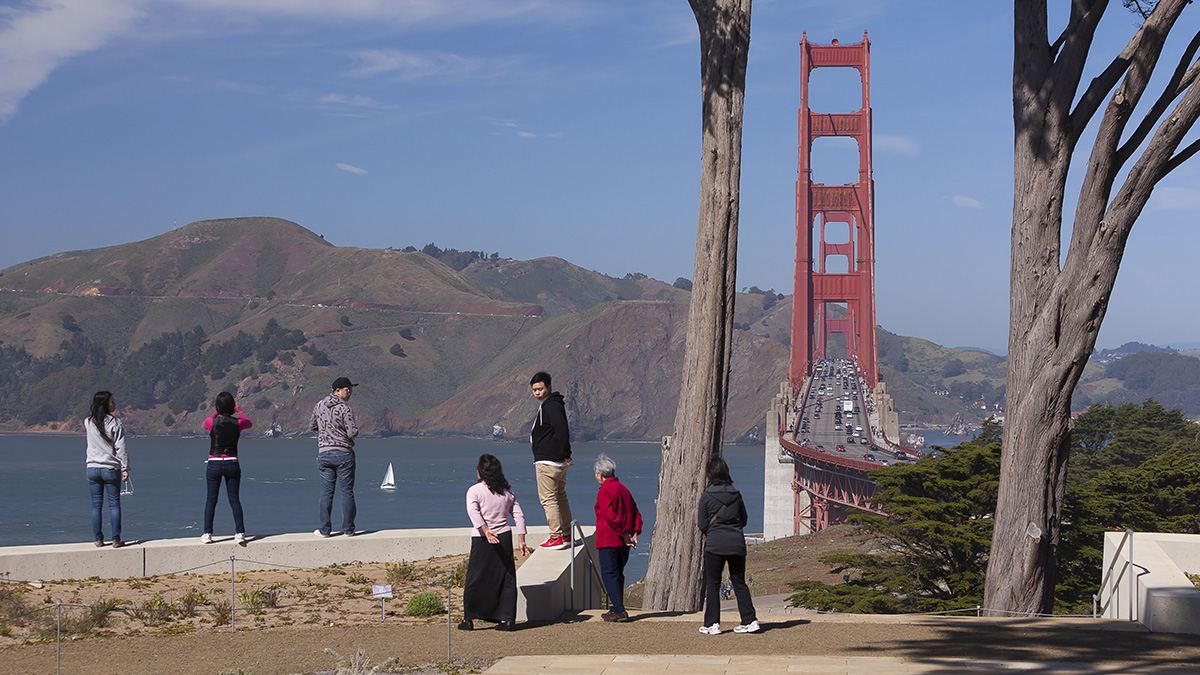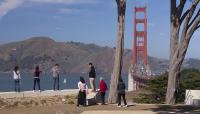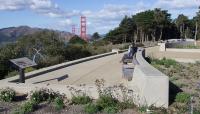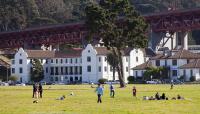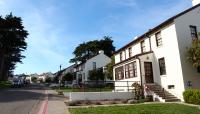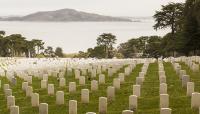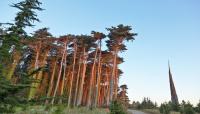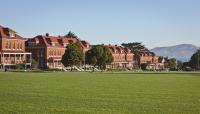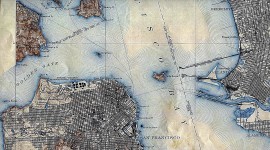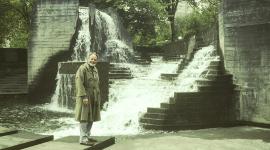Landscape Information
First established in 1776 as a military outpost overlooking the Golden Gate Strait, this 1,491-acre park served variously as a fort for Spanish, Mexican, and U.S. armed forces until 1989. Under American ownership, an afforestation plan, drafted by engineer William Jones in 1888, resulted in the planting of 100,000 trees in what is today called the Presidio Historic Forest. Decommissioned in 1994, the former fort was transferred to the National Park Service and the Presidio Trust, as part of the Golden Gate National Recreational Area. The Presidio Trust Management Plan, aimed at enhancing natural and historic resources, was adopted in 2002.
Dotted with remnants of its military past, the park has become a focal point of contemporary landscape architecture practice. Inset with defensive batteries, rugged coastal bluffs are interwoven with trails and overlooks, designed by Stephen Wheeler Landscape Architects, CMG Landscape Architecture, Marta Fry Landscape Associates, and the Office of Lawrence Halprin. The Letterman Digital Arts Center, a former hospital campus redeveloped by Gensler Associates and the Office of Lawrence Halprin in 1999, is adjacent to the Main Post, the Presidio’s oldest district. Other historic military sites include Fort Point (1861), the San Francisco National Cemetery (1884), and housing communities since rehabilitated by the Trust. Tidal wetlands have been re-established, and contaminated areas have been remediated, including that of Crissy Field in 2001 by Hargreaves Associates. In 2018 construction was begun on a 13-acre park designed by James Corner Field Operations atop tunneled portions of the Presidio Parkway. Situated on the park’s southern edge, the Presidio Golf Course was originally laid out by Robert Johnstone and redesigned by Fowler & Simpson in 1921. The iconic Golden Gate Bridge, opened in 1937, extends from the northern end of the park. The Presidio of San Francisco was designated a National Historic Landmark in 1962 and was listed in the National Register of Historic Places in 1966.



